Beatles in the belfry
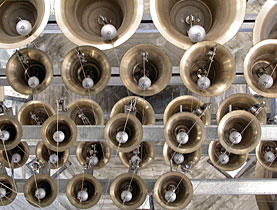
The Abbey of Saint-Maurice has been a site for prayer for more than 500 years, but it is also home to Switzerland's largest carillon, or glockenspiel.
Carillon originally meant “to play a melody with four bells” but as the four-octave 49-bell instrument at Saint-Maurice has shown since 2004, popular tunes can also be played in a concert style.
“In addition to religious songs, in future I’d like to play jazz, works by the Beatles or folk music,” said François Roten, the abbey’s carillonneur, as he banged out Paul McCartney’s Yesterday.
His dream is for the people of Saint-Maurice to sit on the terrace at weekends and say: “The abbey’s carillon plays beautiful music, doesn’t it?”
The Abbey of Saint-Maurice was built in 515 and has survived several misfortunes – including fire and a rockfall. It has been a place of prayer for about 1500 years.
Currently 45 monks live there, in “the oldest monastery of its kind in Europe”. Even older than the abbey is the spot in its inner courtyard where baptisms were first conducted in the fourth or fifth century.
Secular
But should one be allowed to play tunes like Yesterday in such a grand abbey?
“Back in 16th century Holland the glockenspiel would play a tune in order to grab people’s attention before the clock tower announced the time. There was no connection with the church,” explained Andreas Friedrich, president of the Swiss guild of carillonneurs and campanologists.
“Even today people there like listening to the glockenspiel as they do their shopping.”
The carillon at Saint-Maurice also echoes through every nook and cranny in the town – “it’s a democratic concert to which everyone is invited”, said Friedrich, adding that for that reason popular tunes are appropriate.
Bright future
Bells were first hung in the Abbey of Saint-Maurice at the beginning of the 14th century. These were later destroyed, and the oldest existing bells were cast in 1818.
Roten, who came to the abbey in 1989, plays these bells in the “Valais style”, in which the carillonneur pulls on a rope fastened to a clapper to which the bells are attached – a particularly Swiss tradition.
In 2004, four of the eight bells were put aside and an additional 45 ordered from Holland, which has a good bell-manufacturing reputation.
“It covers four octaves and the clean, sharp sound of the small bells sounds fantastic,” he said.
Roten also plays the pipe organ but says he’s beginning to prefer the carillon. “Its sound resonates deep in your body, and that’s beautiful.”
Friedrich is aware that the instrument is tucked away inside an abbey but says Swiss carillonneurs are now taking on the challenge and playing popular tunes to familiarise people with the unique instrument.
“The future belongs to Swiss carillonneurs,” he said.
Kuniko Satonobu in Saint-Maurice, swissinfo.ch (Adapted by Thomas Stephens)
The carillon is the heaviest of all musical instruments – the 49 bells at Saint-Maurice weigh 15 tonnes (the smallest 9.1kg, the largest 3.99 tonnes).
The greatest concentration of carillons is in the Netherlands, Belgium and Northern France.
There are four manual carillons and four computerised carillons in Switzerland.
The world’s largest carillon is in the Riverside Church in New York.
Carillons are usually housed in the bell towers of church towers, belfries or in municipal buildings. They consist of at least 23 cast bronze cup-shaped bells which are played one after the other (to play a melody) or together (to play a chord).
The carillonneur usually sits in a cabin beneath the bells and presses down, with a loosely closed fist, on a series of baton-like keys arranged in the same pattern as a piano keyboard. The batons are almost never played with the fingers as one does a piano.
The keys activate levers and wires that connect directly to the bells’ clappers; thus, as with a piano, the carillonneur can vary the intensity of the note according to the force applied to the key. In addition to the manual keys, the heavier bells are also played with a pedal keyboard.

In compliance with the JTI standards
More: SWI swissinfo.ch certified by the Journalism Trust Initiative

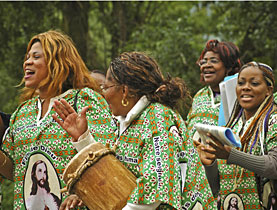
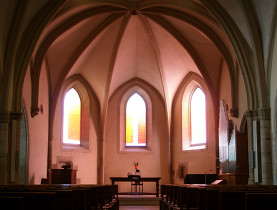
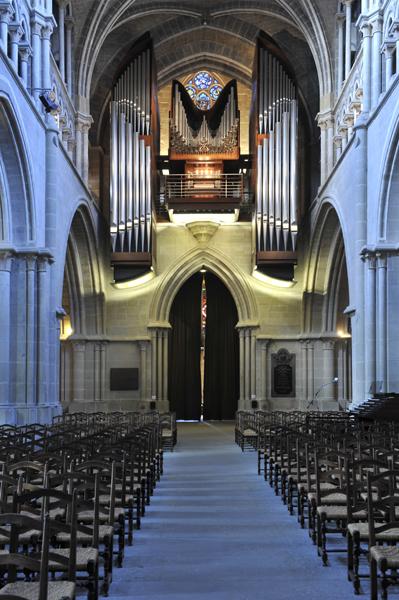
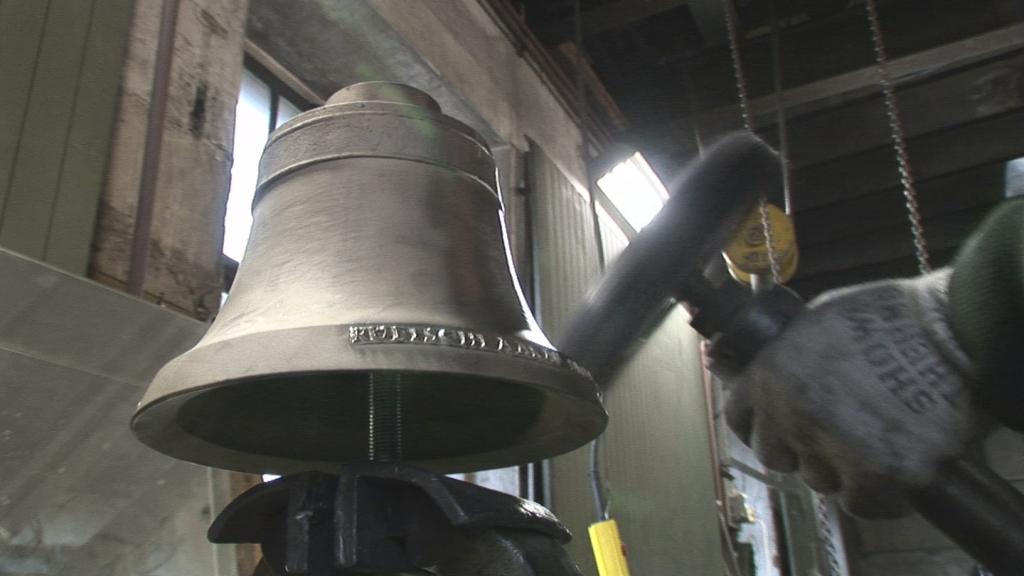
You can find an overview of ongoing debates with our journalists here . Please join us!
If you want to start a conversation about a topic raised in this article or want to report factual errors, email us at english@swissinfo.ch.